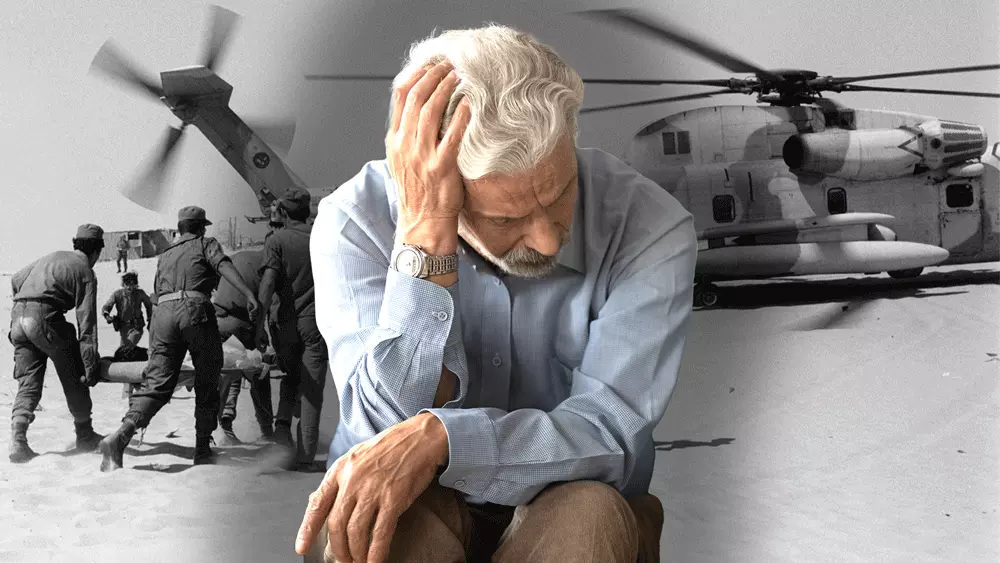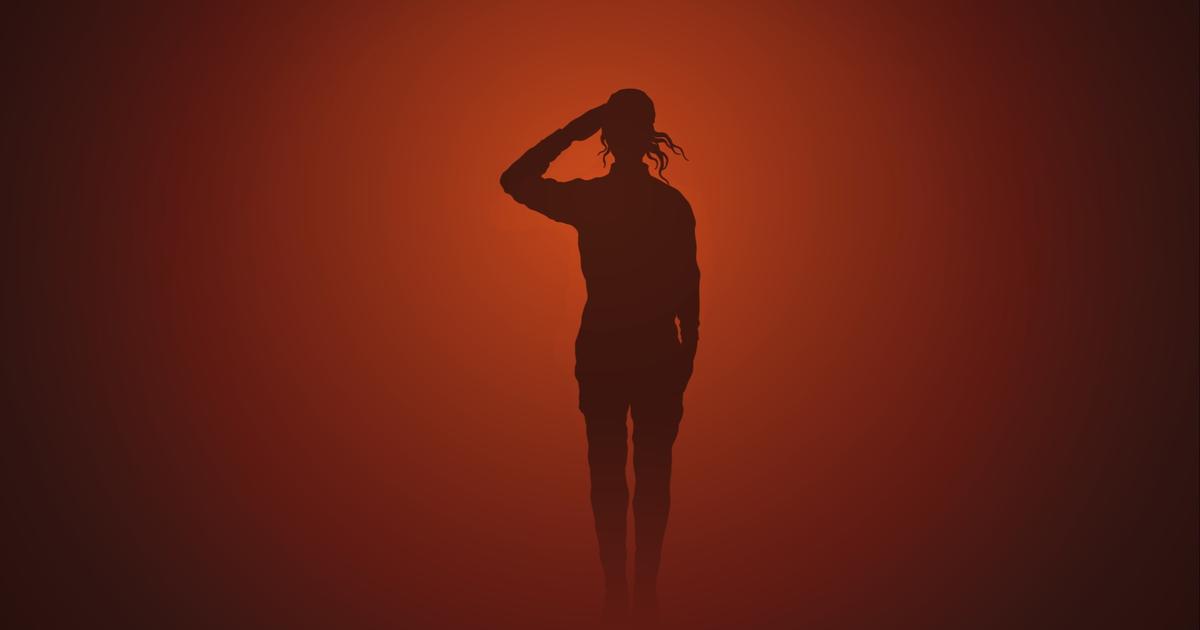Derek Chauvin's reaction to the 1:17 verdict
(CNN) -
A year has passed since George Floyd died, and many additional details of the agonizing moments surrounding his death by homicide have been released.
Some of the most graphic scenes come from body camera images of three of the former Minneapolis Police officers who have not yet been tried: Thomas Lane, J. Alexander Kueng and Tou Thao.
They were three of the four officers who responded to a call accusing Floyd of using a counterfeit $ 20 bill at a grocery store.
The footage shows two perspectives on events before and after the nine minutes and 29 seconds that Agent Derek Chauvin knelt on Floyd's neck.
For part of that time, Kueng held her torso and Lane held her legs.
Chauvin was convicted last month of accidental manslaughter, unintentional manslaughter with contempt for life and unintentional manslaughter in the commission of a felony, after a three-week trial.
Lane, Kueng and Thao are charged with aiding and abetting willful manslaughter and aiding and abetting accidental manslaughter and will face trial in August.
They have pleaded not guilty.
Biden will host George Floyd's family this week on the anniversary of his death
Derek Chauvin, convicted of all charges 8:55
Lane and Kueng's body cameras are up close and personal.
They capture Floyd's fear and how he panics as he fights officers trying to get him into a police car: "Don't do this to me," he begged repeatedly.
"I'm claustrophobic!"
Dying, Floyd's struggles for breath are clear and he cries for his mother as Chauvin continues to kneel on her neck.
Thao's body camera shows the panic reactions of a growing crowd at the corner of 38th Street and Chicago Avenue as they plead with officers to stop.
"Do you have a pulse?" Yelled Genevieve Hansen, an off-duty firefighter and certified emergency physician when officers refuse to let her examine Floyd.
Tell me what your pulse is right now!
And then a chorus of anguished voices: "What are they doing, he's dying!"
"It's not moving!"
Get off his neck, brother!
"Is dead!".
What Do Experts Say About George Floyd Death Trauma?
CNN reached out to four trauma experts for their views: psychology professor Janet Helms, director of the Institute for the Study and Promotion of Race and Culture at Boston College;
Dr. Cheryl Singleton Al-Mateen, Professor of Psychiatry and Pediatrics at Virginia Commonwealth University and Medical Director of the Virginia Treatment Center for Children;
and clinical psychologists Michele Cosby and Leslie Kimball, both assistant professors of Psychiatry at the Virginia Children's Treatment Center.
Here are his thoughts, edited slightly for clarity.
Leslie Kimball:
For adults who have had similar traumatic experiences, I think it's wise not to watch the videos without having a chance to get support or talk to someone else about it;
isolation is dangerous.
But everyone can be deeply disturbed by these videos, that is our humanity, our empathy, and that is a wonderful thing.
It is also terrible that we can put ourselves in their shoes and feel their terror and helplessness.
It was clear that they knew what was happening and what was about to happen.
It is secondary trauma - we are witnessing someone else's trauma and therefore experiencing a form of trauma.
Be aware of whether you experience intrusive memories or even life memories. And if you notice that it starts to interfere with your daily activities, your sleep, your appetite, and certainly if you start having insecure thoughts about dying, dying, or hurting yourself, the first step is to talk to someone you trust, for For example, a mental health professional.
When it comes to children, parents need to be careful.
We cannot completely protect children from these realities, but we want their exposure to be developmentally appropriate.
No, we don't want young children to watch these videos, but we may want to have a conversation with them about what they may be listening to.
For older children, they may see a story about it, but if a full video is playing, you can say, "Hey, let's not watch this part."
"Don't do it": Nike adjusts its traditional slogan in a message about racism in the United States.
Kamala Harris reacts to the verdict against Derek Chauvin 2:45
The retraumatization will be stoked
Janet Helms:
I think white people have a duty to watch the videos, because if they don't look at it as white people, they will never know that these things are happening on your behalf.
So I think they have a duty to watch, to bear witness, to say, "This is not who I am;
It is not what you are.
It's a different experience for black and native people, because they're seeing similar experiences regarding violence in their own lives every week, so this is just building trauma, on trauma, on trauma for black people.
In retraumatization, whatever symptom you experienced the first time, it will be aggravated a second time, and perhaps more energetically than the first time.
It's racial PTSD, and my team has resources and a set of tools that people can use in #racialtraumaisreal.
I also think that even people of color weren't expecting to see what happened to Mr. Floyd.
Although people of color, particularly black and indigenous people, grow up knowing that they are likely to be victims of police violence, we usually don't see [the police] spending that much time killing a person.
Watching them drain a person's life is particularly traumatic and not being able to help or prevent that adds additional trauma to the situation.
Now there is multiple trauma, recurring trauma, and also the knowledge that in these situations, no matter how many people there are, black people are essentially helpless to prevent violence against one of their own.
What I often recommend to black people is that they recognize that they have been traumatized and that they should take care of themselves by not watching those videos over and over again, if they can help it.
They may choose not to witness this particular incident, to try to keep it out of their minds because it is more traumatic for them.
I tell them, “It's okay to seek help.
You don't have to be strong in this situation.
This is an inhumane situation, so seek therapy to help you overcome your symptoms.
It's really important that if you do speak up, you are with people who can understand the trauma, your feelings of anger and guilt, and not someone who dismisses it.
Or with someone, if I may say so, who is a white person who feels bad and wants the black person to help the white person feel better.
It is not the job of a black person to do that, it is the job of the white person to do that for themselves.
Federal investigative jury indicts four former Minneapolis cops in George Floyd's death
Prosecution: George Floyd asked for help with his last breath 1:51
How to understand the problems of racism in the USA?
Dr. Cheryl Singleton Al-Mateen:
Understanding some of the problems related to structural racism in America is a process.
People have to appreciate that it is there and then understand more and more how it affects others and themselves.
If someone is really saying, "Well, what is the problem?
I don't know why I should care 'then maybe you should watch the videos.
And if someone feels that it is part of their journey in that process to see this, then that is fine.
But if someone feels like "No, I don't want to see it because it's going to be painful for me," then they would also say it's okay.
And if someone is curious because they want to know, then warn the person that it could be traumatic for him or her.
But it may be a necessary thing for some people to see to understand what is happening.
It shouldn't be necessary for someone to see something that is traumatizing, because you don't know what their personal history of trauma is.
What is a necessity is to listen, understand and believe.
Take an "emotional inventory"
Michele Cosby:
I would encourage anyone of color to take an emotional inventory of what they can handle.
For me, as a trauma therapist, I know that I don't dare to see something that is triggering me in the middle of my workday when I don't have the emotional resources to handle it.
I encourage black people to seek their own support.
That could be structured or professional therapy.
It can also be looking for your spiritual leader or talking to loved ones who are seeing and experiencing very similar things.
It is an indirect trauma.
Hearing stories or witnessing and feeling the pain, fear, and terror, it is as if you are going through the trauma yourself, because you are witnessing what that was like for someone else.
And especially for people of color who see them, it also triggers their own life experiences, dealing with generations of racial trauma.
As a black woman, I think what it usually triggers is that it makes you think about your son, your uncle, your grandfather, all those people in your life who might run into that situation.
There's no way around it completely, but I think part of this is taking an inventory of your emotions, recognizing what your emotions are.
So if I don't have any emotions, if I'm in
shock
, if the experiences in my life that I associate with this leave me hopeless, that's something I probably have to deal with.
If anger, guilt, or despair awakens me, then I need to figure out how to channel that for my own healing.
As a collective, this is not new to us, so having that shared experience can be helpful if channeled in a way that doesn't lead to self-destruction.
It can easily trigger sadness, depression.
Anxiety and fear are based on not being in control, and what those videos show is feeling out of control.
George Floyd















